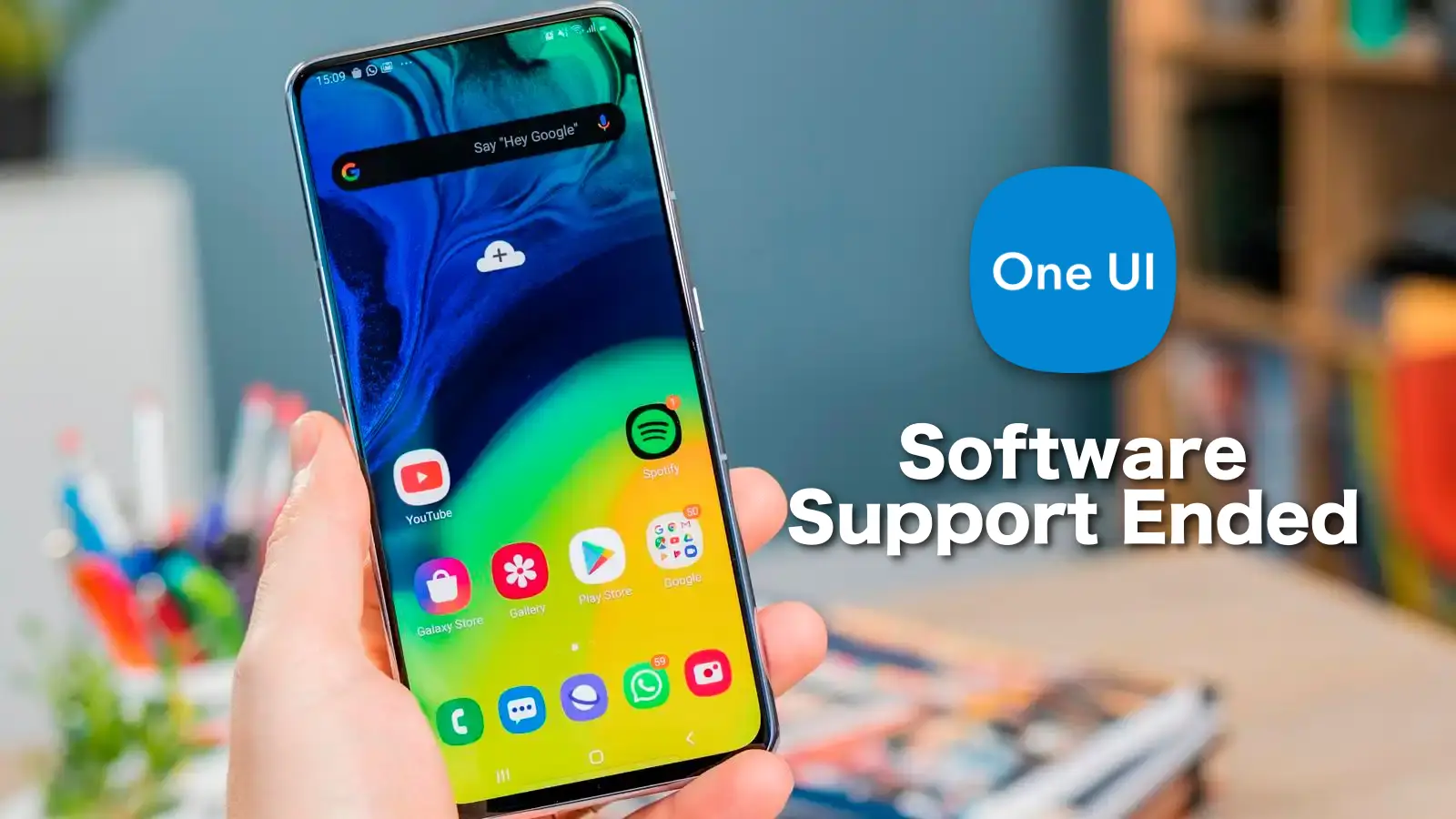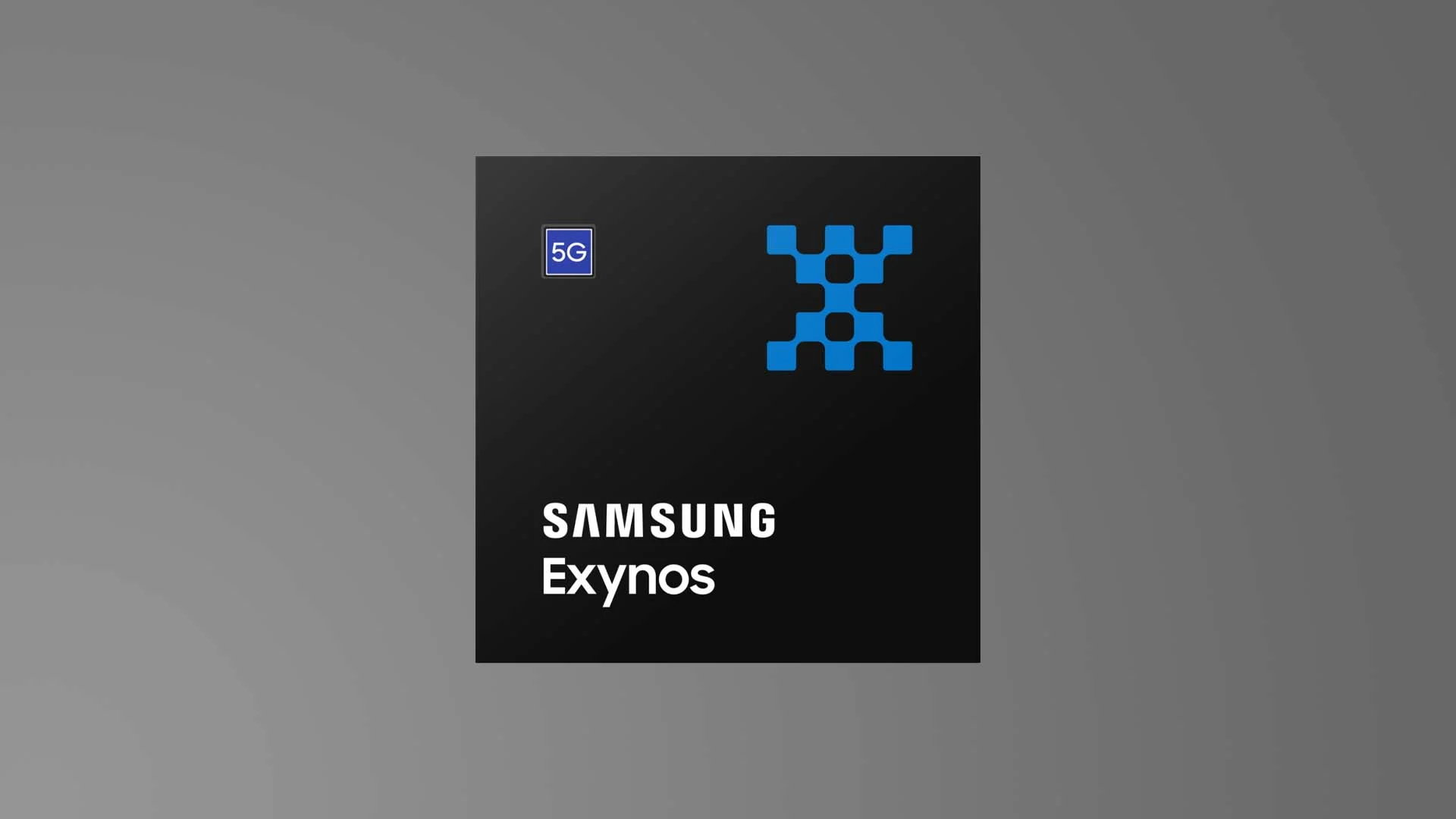Samsung
Samsung Galaxy Device Out Of The Race For Software Upgrade

No matter what brand or how expensive your smartphone is, one thing will be common: they will no longer get software upgrades once the time limit is over. A time limit means a set limit for each device about how many software updates it will get and for how long. Samsung also has its own terms and policies for delivering software updates to its Galaxy devices. And according to that, it delivers the upgrades.
Usually, Samsung rolls out the latest update first for its flagship Galaxy devices, for instance, the Galaxy S23 lineup. The brand has made separate policies for each range of devices, whether they are flagship, mid-range, or budgetable devices, and how many updates are to be given to which range of devices.
Samsung One UI 6: A Deep Dive into the Latest Features and Enhancements
Why does Samsung stop delivering software upgrades after a Time limit?
Once the Galaxy smartphones cross over the allotted limit of software upgrades, then they no longer get any kind of software update, and the company also no longer supports that device anyhow. The reason behind stopping support is that with time, new technology comes, and the software of the old device does not have enough capability to adopt or work on new mechanisms or technologies. That’s why they get out of the race for new software upgrades.
Here’s the list of Galaxy devices that lost their software support
Unfortunately, some Galaxy devices have crossed the validity threshold to get new software updates. Here in this article, we are mentioning the Galaxy Devices, which debuted in 2019 and have received all the allotted updates but now have lost their software support.
- Galaxy Note 10
- Galaxy Note 10 5G
- Galaxy Note 10+
- Galaxy Note 10+ 5G
- Galaxy Xcover Field Pro
- Galaxy A10s
- Galaxy S10
- Galaxy S10+
- Galaxy S10e
- Galaxy X Cover 4S
- Galaxy A80
- Galaxy A40
- Galaxy A10
- Galaxy A30
- Galaxy A50
- Galaxy Tab A10.1 (2019)
- Galaxy Tab S5e
- Galaxy Tab S6
- Galaxy A90 5G
- Galaxy M10s
- Galaxy M30s
Sometimes, by the company’s grace, some of the luckiest devices, even after losing their software support, also get new updates, such as the Galaxy S10. Yes! Samsung has delivered an additional update to the Galaxy S10 device.
Noticeably, once the Galaxy smartphones meet the criteria of receiving major OS updates, the brand usually changes the frequency of delivering monthly security patches. Instead of getting monthly patches, devices start getting quarterly patches, or sometimes biennial patches.
Here are the devices that fall under biennial updates (security patches twice a year).
- Galaxy A03s
- Galaxy M32
- Galaxy M32 5G
- Galaxy F42 5G
Samsung
Samsung Setting Up To Bring A Toggle To Turn Off Super HDR In Instagram

Samsung brings a mesmerizing feature named ‘Super HDR’ to enhance the shooting and viewing of photos and videos experience for its newly launched Galaxy S24 series. Now it seems that the giant could add a button to turn off Super HDR on Instagram.
Super HDR is a feature that captures images and videos in a new format, based on Google’s Ultra HDR format. It delivers photos that are pretty bright in particular areas and have more detailed shadows when viewed on compatible displays.
However, despite many facilities, some people don’t prefer how Super-HDR works while viewing images and videos onInstagram. Now, as per their request, Samsung is looking for a way to permit users to turn off Super HDR.
The reports reveal that Samsung is looking forward to offering a toggle button to disable or enable Super HDR inside Instagram. This is because some people prefer and want to avoid how Super HDR images and video display (width, higher brightness, color volume, and wider dynamic range) while scrolling Instagram.
It is being speculated by one of the South Korean firm’s official forum moderators that the company is setting up with Instagram to bring a toggle to disable or enable Super HDR, similar to a toggle that is already housed in the OS version of Instagram.
Super HDR is based on Google’s Ultra HDR and captures photos and videos with vibrant colors and more balanced lightning. You can easily catch the difference in both the camera preview and the final results. After uploading the content on Instagram, the super HDR effects will be maintained for a more vivid viewing experience. Then users scroll through images and videos in Super HDR on Instagram, and the display brightens up to match the tone map of the Super HDR file, but some of them don’t prefer the sudden brightness of the screen as they complain regarding this on social media. Now it appears that Samsung is working on it.
Samsung
Circle to Search Feature Could Be Arriving To Galaxy Book Laptops

Samsung debuted the ‘Circle to Search by Google’ feature on the Galaxy S24 series as part of the Galaxy AI package. It has been a couple of months since the debut of the ‘Circle to Search’ feature, which is still a hot topic in the tech industry. Now this feature is expected to arrive on Galaxy Book and Galaxy Chromebook laptops and PCs.
Samsung exclusively launched the Circle to Search feature on the Galaxy S24 series, then expanded it to more Galaxy devices, including the Galaxy S23, Galaxy S22, and other phones, along with the One UI 6.1 update. Now Google is setting up to bring it to the Chrome web browser on desktop operating systems; somewhere, this points out the probability that it could come to the Galaxy Book, Galaxy Chromebook laptops, and PCs.
At the moment, Google Chrome for desktop features Google Lens to search for text and images on the screen engine. Google seems to be working on the Circle to Search-like UI for the web browser. This is being speculated by a post on X shared by a tipster (via SamMobile) who mentioned that the new Lens UI in Chrome now has a new animation that appears like a familiar feature, ‘Circle to Search’, given that it is expected that this feature will be in Chrome’s version of “Circle to Search.”
While clicking the Google Lens extension, a Circle to Search-like UI will appear, and then you can click and drag using the mouse pointer to draw around the text or image you want to search on the screen. After circling the content you want to search for on the screen, the selected part will be highlighted in a rounded rectangular shape.
Samsung
Samsung Being Setting Up For 3nm-Based Exynos 2500 Chipset

The Korean brand ‘Samsung’ is gearing up to begin the mass production of their next-generation phone chipset using a cutting-edge 3nm manufacturing process.
Samsung, in collaboration with Synopsys, a design automation company, has successfully taped out the high-end mobile SoC. This chipset will be built using a cutting-edge 3nm process with ‘gate-all-around’ (GAA) technology; this is the first time Samsung has used this process for a mobile processor.
Initially, Samsung began GAA-based 3-nm mass production in June 2022 and registered its name as the first giant to use this process in the industry. This will be the brand’s first-time mass-producing mobile APs using the 3-nm GAA process. The mobile AP that was mass-produced is presumed to be the “Exynos 2500.”
We already reported that the Galaxy S25 Ultra is rumored to use the Exynos 2500 chipset. Now again, the new report says that, designed by Samsung’s System LSI division, the Exynos 2500 is expected to power the forthcoming flagship Galaxy S25 smartphone model. It is reported that the Exynos 2500 will be a mass-producer by the end of this year using the second-generation 3-nm process, which is Samsung’s leading-edge technology.
Previously, the Korean giant reintroduced Exynos chipsets to the Galaxy S24 series for the very first time in two years. Samsung’s Galaxy S22 series debuted in 2022 and arrived with the Exynos 2200, but unfortunately experienced low performance and overheating issues. After the failure of the Exynos 2200, the giant subsequent Exynos 2300 project was abruptly canceled, and the entire Galaxy S23 series was equipped with Qualcomm’s Snapdragon 8 Gen 2.
Although Samsung introduced its Exynos 2400 and attached it to the newly launched Galaxy S24 base and Plus variants.
Follow Sam Lover on Your Favorite Social Media Platforms












